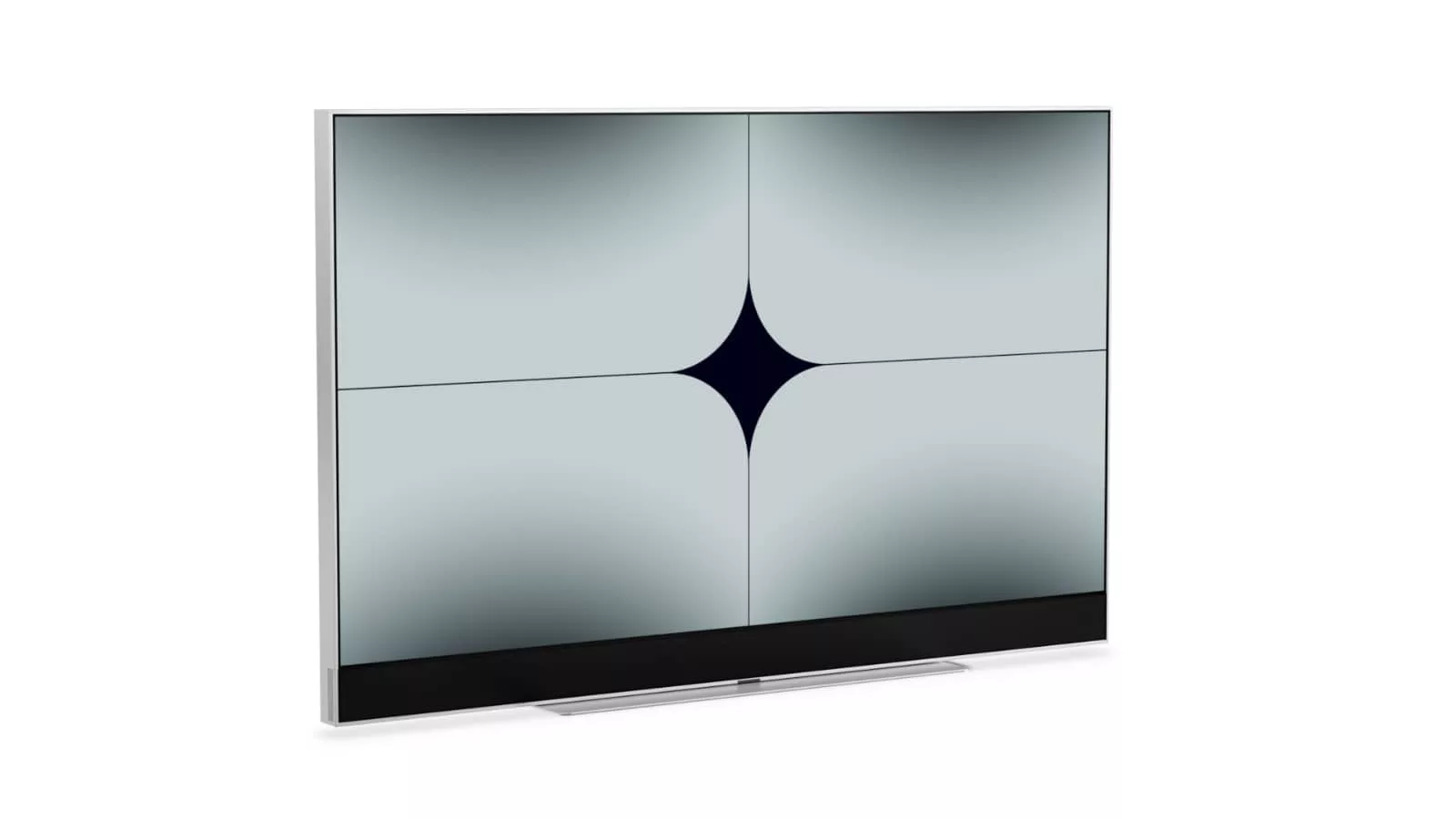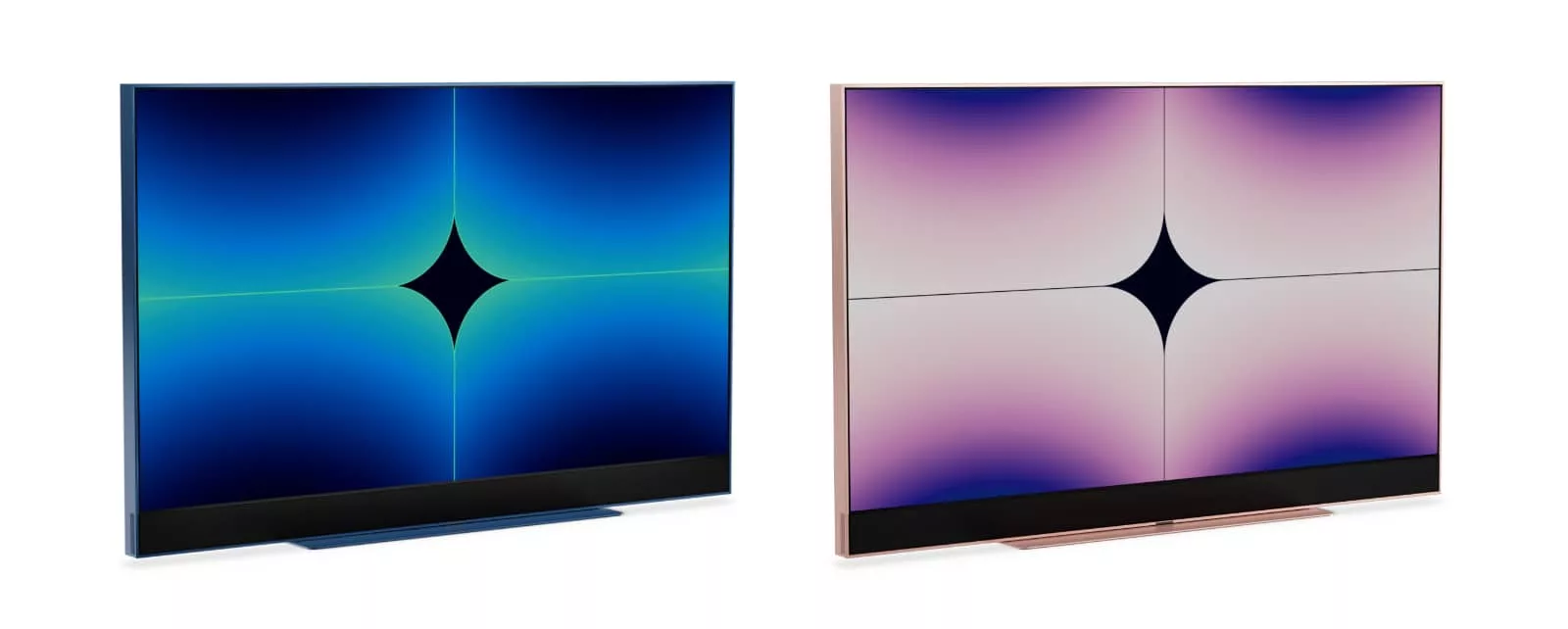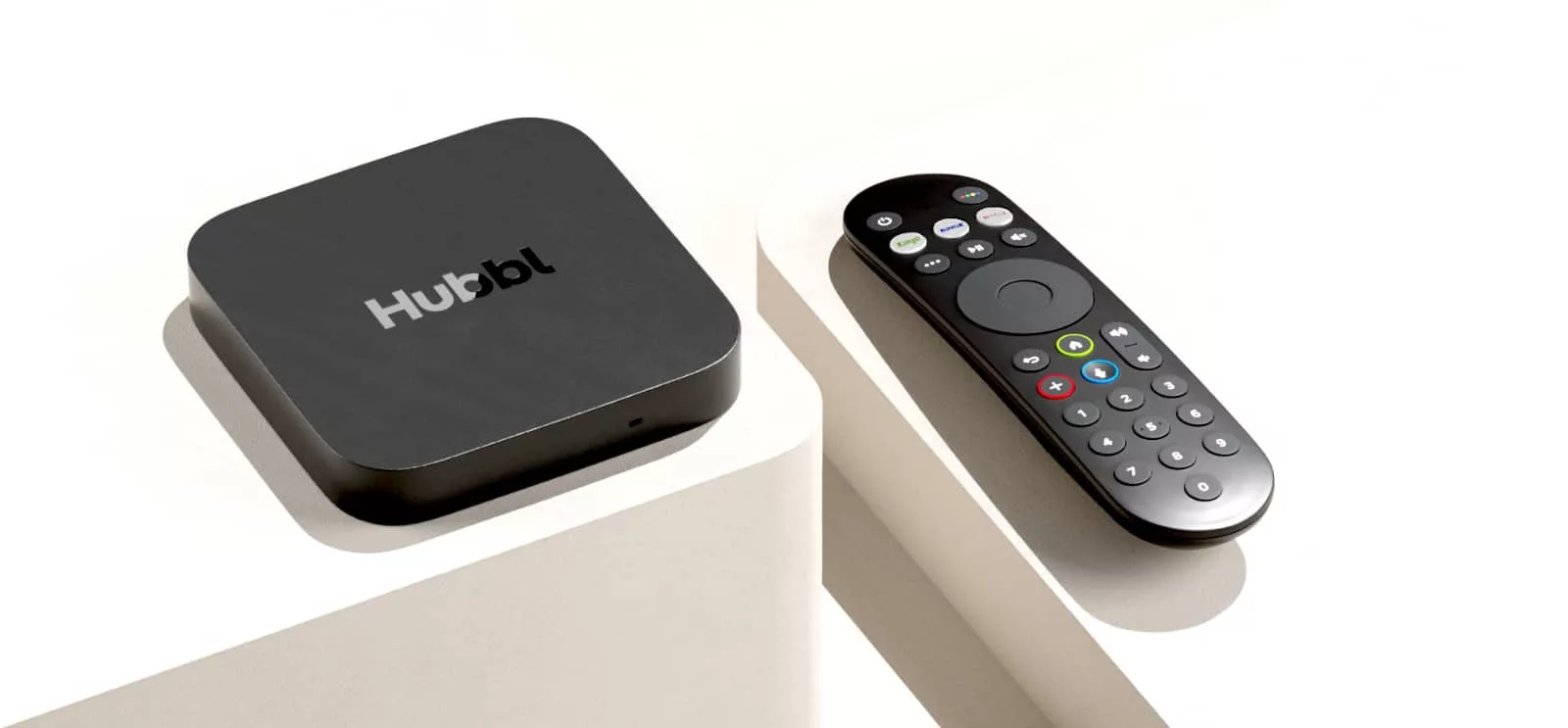Not just another smart TV set-top box, Foxtel’s Hubbl aims to bring all your services under one place, arriving in a choice of TV or box and running a new operating system.
Watching TV is one thing, but managing your TV services, that’s something completely different. These days, we all tend to have a lot of those.
While Optus has tried to help its customers wrangle services with a subscription hub and Apple TV has an app to bring everything together, neither might be the ideal solution.
Foxtel has been working on its own approach, and it comes in an interesting angle: a new operating system that comes pre-installed on either a new compact set-top box or a TV, bringing together major services with a degree of subscription management.
The interface looks a little like what would happen if Binge grew up and covered several services, including live TV in Australia in the process.

In short, Hubbl a system that will cover the likes of Netflix, Disney+, Apple TV+ and more alongside Australian staples such as ABC iView, SBS, Nine, Ten, and so on. No aerial is needed, only WiFi, and Hubbl says customers will even be able to stack subscriptions and potentially save money in the process.
“Hubbl stands out from the pack by offering live TV without an aerial, seamless subscription management at the touch of a button, more discoverability and personalisation as well as allowing customers to stack up to five eligible streaming apps and save up to $15 per month on their subscriptions,” said Les Wigan, Managing Director of Hubble.
“With the major free and paid apps available on Hubbl and more to come, there is nothing like the world of entertainment it unlocks,” he said.
Hubbl itself won’t charge a monthly fee, with you buying the device and then using the services on that device. In terms of devices, there will be two classes of Hubbl gadgets, with an Apple TV-like Hubbl set top box for $99, while Hubbl will also offer two TVs with the Hubbl operating system pre-installed.

Called “Hubbl Glass”, they’ll come in several colours and a choice of 55 and 65 inch TVs, running a 4K panel with quantum dots, Dolby Vision HDR, and while Hubbl doesn’t need an aerial connection, Hubbl Glass TVs will still include a DVB-T (TV tuner) port, should you want to use a live TV.
Hubbl Glass will also arrive with a built-in soundbar, something evident in the design, sporting six speakers and support for Dolby Atmos, covering three out, two up, and a subwoofer. That’s essentially 3.1.2 sound, and there’s also an HDMI ARC/eARC connector, should you choose to upgrade the sound with a larger soundbar or sound system.
In terms of which manufacturer makes the panel Hubbl is going with, the company hasn’t said, nor has it said if any big name brand helped it tweak its audio, some brands do. What it has said is the price, with the 55 inch Hubbl Glass set for $1595 in Australia, while the 65 inch model will cost $1995 locally, both of which will be exclusive to Harvey Norman, while the $99 Hubbl set top box will be found at Harvey Norman and JB HiFi.
It’s an interesting time to release a TV, too, amidst what can be referred to as TV changeover time, when TVs are normally replaced between March and May.
Following TV launches at CES back in January, TVs are seeing sizeable price drops, and mean that previous generation models (which are still perfectly great) can be found for the same if not less than what Hubbl is pitching its screens at.

Perhaps the one angle that might give Hubbl some leverage is the ease of use, simply requiring a power cable and a WiFi connection to make its TVs work. You’ll need to bring your own premium services, of course, but given it’ll talk to other services including Australia’s free-to-air choices, it could be a quick way to bring TV choices together under one roof, and may save money in the process.
While saving up to $15 per month, as Wigan puts it, doesn’t necessarily seem like a lot, for some it might just be the clincher in transitioning to a new device.
We’ll have to wait and see whether it delivers on more than just a few bucks of savings, though, with availability expected in the coming weeks.







